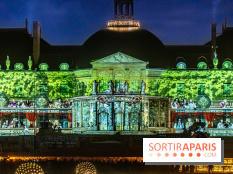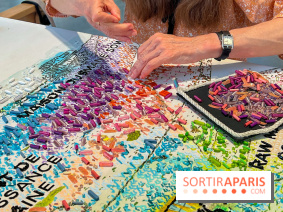Mystery, history and a touch of linguistics: here's the secret behind the name ofÎle-de-France, the flagship region surrounding Paris. Let's face it, talking about an "island" when no ocean borders its 12,000 km² is intriguing, isn't it?
The most widespread explanation takes us back to the Middle Ages.Île-de-France was so named because of the rivers that surround it: the Seine to the south, the Oise to the west, the Marne to the east and the Aisne to the north. From a bird's eye view, this natural grid gives the region the appearance of an island in the heart of France.
Another hypothesis takes us back to the region's Frankish roots. The term comes from the expression"Liddle Franke", meaning "Little France" in the Frankish language. Over time, the pronunciation evolved into Île-de-France.
Although the Franks left their mark on the history of the name, it wasn't until 1387 that the expression appeared for the first time, in Froissart's Chroniques, replacing the old "Pays de France". And it wasn't until 1976 that the appellation became official to designate the administrative region.
Between geography and history,Île-de-France carries with it the past of the Franks and the heritage of a strategic territory, long before it became the most populated and visited region in France!
This page may contain AI-assisted elements, more information here.















